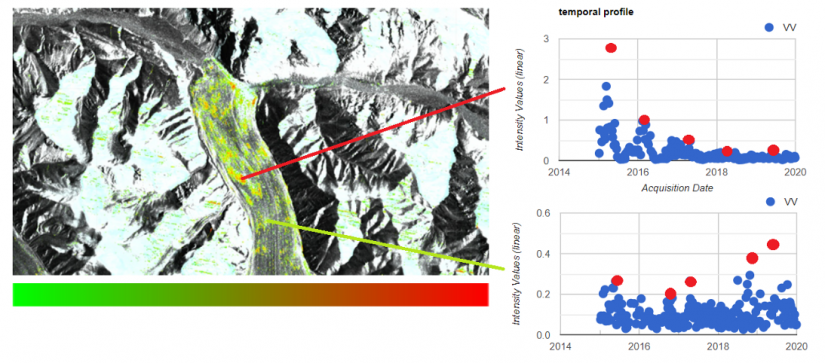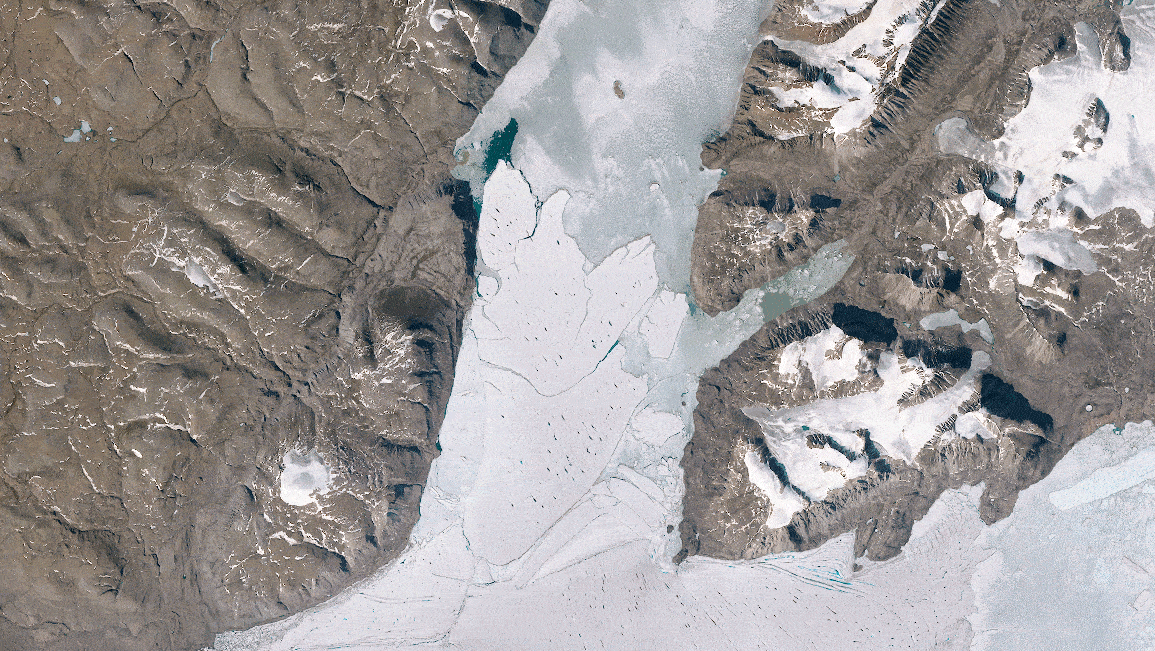Since the start of a new course on Earth Observation (EO), in 2019, at the High Engineering School CentraleSupélec (part of the University Paris-Saclay) the Data Applications Division of ESA’s Earth Observation Science, Applications & Climate Department has contributed with lectures.
“The objective of this course – aimed at first year students – was to have the students able to process and analyze EO data by themselves” said Prof. Laetitia Thirion-Lefevre and Prof. Régis Guinvarc’h.
At the end of the course, the students carried out a short project. They chose among different topics proposed by partners, ranging from worldwide deforestation to infrastructure classification. A group of students decided to study glaciers using different radar techniques with the support of ONERA Lab.
The relevance of analysing glaciers to study climate change is undisputed and several techniques exist that exploit the wealth of radar EO data to observe different ice properties and evolution. Nonetheless, cross-studies simultaneously looking at various techniques are scarce and such cross-analysis has been the subject of the students’ study.
During the mere length of one week, they applied polarimetry, optical flow, interferometry and change detection with REACTIV (Rapid and EAsy Change detection in radar TIme-series by Variation coefficient) method to two particular glaciers: Petermann – a well-known outlet glacier located north of Greenland – and Kyagar – a mountain glacier in the Chinese Karakoram Mountains.
The students analysed Sentinel-1 data (since 2017 in HH and HV modes for Petermann and since 2015 in VV and VH modes for Kyagar) through Google Earth Engine and Sentinel-Hub.
The study results, looking at glacier speed in combinations with the ice state, are fully described in a Medium article.

“We are happy to have contributed to teaching the state-of-the-art of Earth Observation in several domains to these students, and we are impressed by what they have been able to achieve in a one-week project” said Yves-Louis Desnos, Head of ESA’s EO Data Applications Division.
Last year ESA already extended – beyond EO lectures – the collaboration with the launch of the ESA_Lab@CentraleSupélec on Exploration and Climate Change. Within this framework visits, conferences and innovative thematic training courses are being organised in such domains as climate monitoring, Earth Observation, security, sustainability, risk management, space economics, space exploration.
Featured image : Spalte Glacier breaking up from the Nioghalvfjerdsfjorden Ice Shelf. Contains modified Copernicus Sentinel data (2020), processed by ESA

